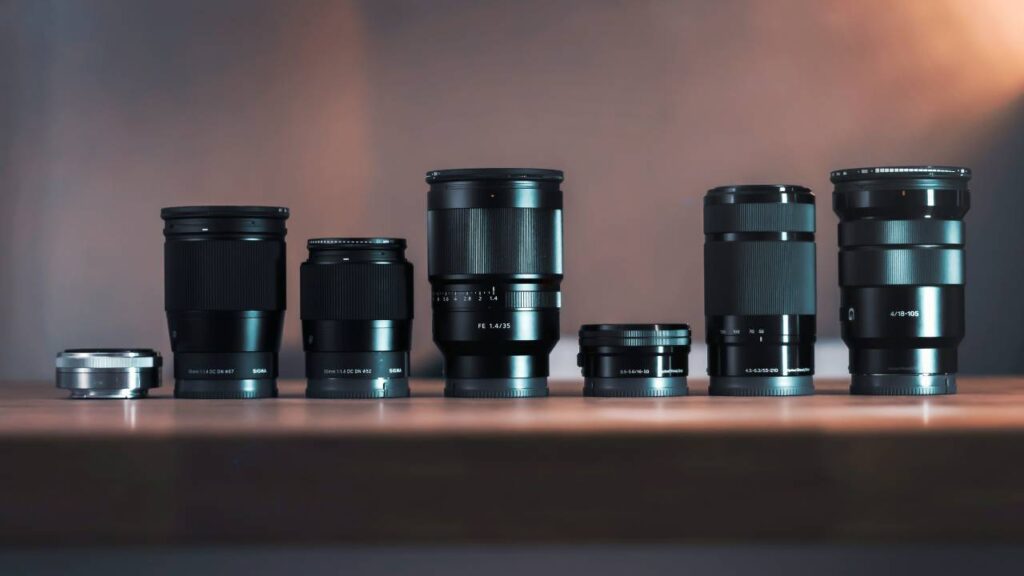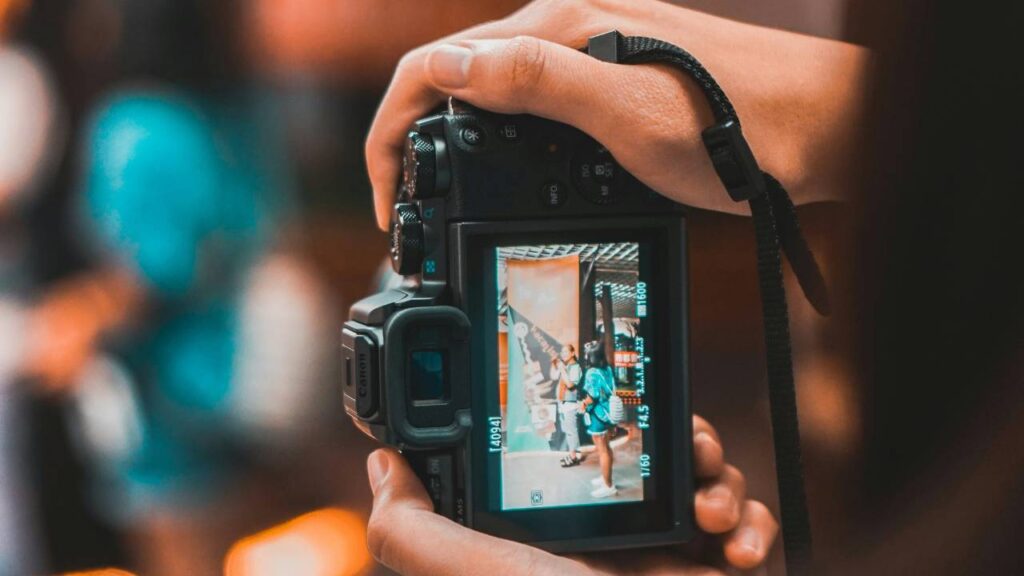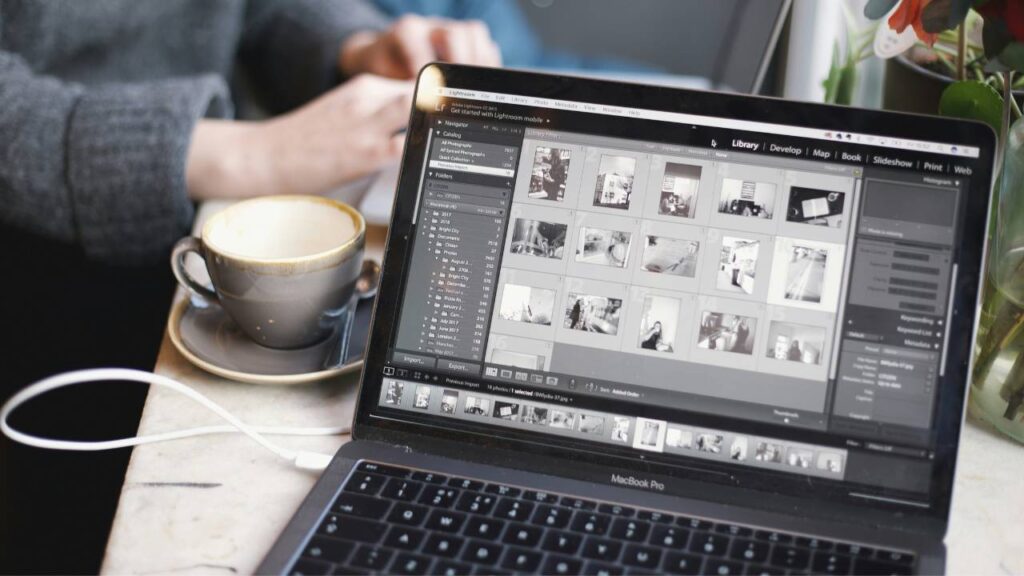
Event photography offers a dynamic and exciting opportunity to capture moments that tell the story of an event. Whether it’s a bustling conference, an intimate wedding, or an energetic concert, each event presents unique challenges and opportunities for photographers. Understanding how to navigate these occasions is key to creating a memorable portfolio that stands out.
To excel in event photography, it’s essential to be prepared for a variety of lighting conditions and to be able to anticipate key moments. Knowing your gear inside out, from your camera settings to the choice of lenses, will allow you to adapt quickly and capture sharp, well-composed shots amidst the action. Additionally, being personable and blending into the background will help you photograph genuine interactions without disrupting the event’s flow.
Your approach to event photography can significantly affect the outcome of your images. A good mix of candid shots and posed photographs ensures a comprehensive representation of the event’s atmosphere. Moreover, paying close attention to the event’s schedule and identifying the main attractions allows you to position yourself strategically and catch the defining moments as they unfold. With these tips in mind, you’re on your way to mastering the art of event photography.
Understanding Event Photography Basics
To excel in event photography, you need the right equipment and an understanding of camera settings that suit various scenarios.
Choosing the Right Camera and Lenses
The decision between a DSLR and a mirrorless camera hinges on your priorities. DSLRs boast longer battery life and an extensive range of lenses. Mirrorless cameras offer compactness, less weight, and generally faster autofocus.
In terms of lenses:
- Prime lenses have fixed focal lengths and typically provide sharper images with wider apertures. They’re excellent for low-light conditions.
- Zoom lenses offer flexibility with variable focal lengths, beneficial for capturing subjects at varying distances without changing lenses.
| Lens Type | Pros | Cons |
| Prime | Sharper images, wide apertures | Fixed focal length |
| Zoom | Flexibility in composition | Generally narrower maximum aperture |
Mastering Camera Settings for Event Photography
For camera settings, consider the following:
- Aperture – A wide aperture (e.g., f/2.8) helps in low-light conditions and creates a shallow depth of field.
- Shutter Speed – To freeze motion, use a faster shutter speed. For dynamic shots with motion blur, a slower shutter speed can add a sense of movement.
Every event is unique, so adjusting your settings to match the environment and desired outcome is imperative.
Pre-Event Preparation

Good preparation is the bedrock of successful event photography. By ensuring thorough client communication and crafting a well-considered shot list, you’ll set yourself up for capturing the event seamlessly.
Client Communication and Event Details
Before the event, it’s essential to establish a clear line of communication with your client. Arrange meetings to discuss their expectations and any specific requirements they have. This is the time to review and solidify details such as:
- Contract Agreement – Clarify terms and conditions to protect both parties.
- Event Schedule – Understanding the timeline helps you anticipate key moments
- Promotional Material – Discuss any dynamic digital advertising or promotional materials you might capture photos of during the event.
| Task | Description |
| Client Meetings | Discuss event specifics and expectations. |
| Review Contract | Confirm the agreement details. |
| Obtain Schedule | Understand the sequence of event segments. |
To maintain a friendly rapport, tailor your approach to each client’s preferences, whether they prefer face-to-face meetings or digital communication.
Creating a Comprehensive Shot List
A shot list is not just a to-do list; it’s your roadmap for the event. Start by:
- Outlining Key Moments – Recognise the essential parts of the event to capture.
- Consulting with the Event Planner – They can offer valuable insights into not-to-be-missed highlights.
Craft a shot list that is both flexible and detailed. Remember to include:
- Formal Shots – Planned photographs of key individuals or groups.
- Candid Shots – Spontaneous moments that often reflect the event’s atmosphere.
Keep your shot list organised in a way that makes sense to you, perhaps categorising by time or type of shot, to ensure no crucial moment is missed.
At the Event: Techniques and Approaches

When you’re on location, focusing on the mood of the event and managing the lighting conditions are essential to capturing stunning images.
Capturing Candid Moments and Emotions
To photograph genuine candid moments and emotions effectively, stay alert and anticipate interactions. Your readiness is crucial; ensure your camera settings are adjusted for quick action. Utilise a high ISO setting to respond to the dynamic environment without compromising on detail. A wider aperture (e.g., f/2.8 or lower) allows for a faster shutter speed to freeze those fleeting moments, while a low light camera can significantly enhance your capabilities in various lighting conditions. Even the smallest distractions – like a stray cup or messy background – can draw attention away from your subject; little things can make or break a photo, especially when capturing candid moments.
Working with Artificial Light and Flash
In situations with inadequate natural light, artificial light and flash can be indispensable tools:
- On-camera flash – Can provide the immediate illumination needed, yet may result in harsh shadows.
- Flash diffuser – Softens the light, creating a more natural look.
To balance ambient light with flash, adjust settings thoughtfully:
| Camera Setting | Suggestion |
| ISO | Keep ISO as low as possible to reduce noise, but high enough to brighten the scene. |
| Shutter Speed | Slower speeds allow more ambient light but avoid camera shake. |
| Aperture | Larger apertures (lower f-numbers) help in low light, but ensure sufficient depth of field. |
Gear and Accessories for Optimal Shooting
Selecting the right gear and accessories can greatly enhance your experience and results in event photography. Here’s how you can manage your equipment effectively and incorporate essential accessories to improve your photography efforts.
Managing Your Equipment Effectively
To avoid missing critical moments, ensure your camera body is prepped and ready to go. Multiple extra batteries and extra memory cards are non-negotiable for prolonged shooting sessions. Store them in a labelled, easily accessible pouch.
A well-organised gear bag allows you to quickly switch out batteries or memory cards without fumbling, ensuring you capture high-quality images consistently. This holds true whether you are doing event photography or product photography.
| Item | Quantity | Case |
| Extra Batteries | 3-4 | Marked |
| Memory Cards | 4-5 | Segregated |
| Camera Body | 1 | Protected |
Create a checklist for your equipment to perform quick inventory checks during the event and after packing up. This practice prevents gear loss and ensures everything is operational for the next shoot.
Essential Accessories to Enhance Photography
Utilising an external flash can be a game-changer, especially in dimly lit venues. It not only improves the quality of your images but also allows for creative lighting techniques. An external flash with a diffuser softens the light for a more flattering and professional look.
Ensure the memory card you choose can handle the file size of your high-quality images. Opt for cards with high read/write speeds to minimise waiting times between shots. Fast cards are particularly vital when capturing sequences of images in rapid succession. Here’s a quick look at what to consider:
- Memory Card Recommendations:
- Minimum 32 GB capacity
- Speed class: 10/U3/V30 or higher
Event photography is demanding. Your gear choice and how you manage it can significantly impact the quality and creativity of your photographs. Stay organised, equipped, and ready to adapt.
Post-Event Workflow and Image Delivery

After the event, your goal is to produce high-quality final images and deliver them to your client efficiently. A streamlined post-event workflow is critical for ensuring both fast turnaround and client satisfaction.
Editing for High-Quality Final Images
You’ll first deal with sorting and processing the raw files. This is where you select the best images and transform them into polished, final images your clients will love. Utilise software that can handle raw format effectively. Here’s a basic checklist for editing:
- Colour correction – Ensure consistent colour balance across images.
- Cropping – Adjust framing to enhance composition.
- Retouching – Remove distracting elements if necessary.
- Exposure adjustment – Correct any underexposed or overexposed shots.
For local clients such as small businesses, remember to ask if they need edited photos to use on their website or local listings to boost their local SEO. Offering this provides extra value as part of your service.
Effective Client Delivery and Follow-Up
The delivery process is your final touchpoint with the client, so make it count. Here’s a simple guide:
- Choose a reliable delivery method:
- Digital – Use a professional online gallery or cloud service for easy access.
- Physical – Offer USB drives or printed albums if preferred.
- Communicate clearly on delivery timelines and ensure you meet them.
- Follow up after delivery to confirm receipt and satisfaction with the images.
Keep your language warm and approachable during follow-ups to leave a lasting impression. Remember that your professionalism here can lead to future referrals.
Staying Visible Online
Continue engaging past clients through your social media channels. An effective online presence nowadays relies on a diverse range of digital content – this is where video marketing can be impactful. Posting a mix of still images, short video montages, and bite-sized video marketing clips expands your reach and keeps clients interested.
The bite-sized videos could provide event photography tips or showcase your editing skills, helping strengthen your professional reputation. When it comes to video file formats, tailor them for seamless social media integration. Remember – quality and concise messaging are key for video marketing success.

